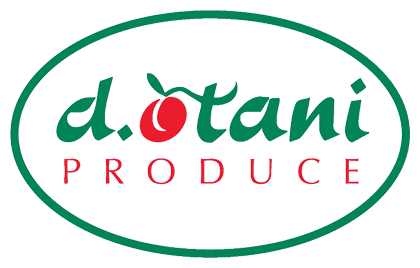As I look ahead in 2020, I expect grapes to remain one of the top contenders in fruit sales and sales growth across Europe, Asia and North America. Grapes are a consumer favorite for the sweet, delicious taste profile and for the convenient product characteristics. Grapes also meet consumers’ desire for healthier on-the-go snacking options in grocery stores. Growing grapes and getting them to the shelf in perfect condition, however, is a bit more complex, and requires a strategic balance of sourcing domestic and imported varieties throughout the year. As someone who has specialized in grapes for a number of years, here are some top-level notes for global and local retailers, and growers as we head into the 2020 import season.
Current climate affecting South America grape imports into North America
Timing and climate are essential when it comes to growing grapes. Growers worldwide must figure out when to “time out” their crops and how to quickly adjust to unpredictable weather conditions.
Once winter hits in the Northern Hemisphere, most grape varieties are exported from warmer climates like South America, with Chile and Peru leading production in the region. South America coupled with production from Mexico and California provides a continuous fresh supply in the marketplace year-round.
When we look at the growing season this year in South America, there are a few things to highlight. Peru faced cooler than normal temperatures early in the growing cycle and endured a recent lack of sunshine. These key factors have affected crop output and delayed projected volumes. Production of red seedless grapes is the primary point of concern, as demand is exceeding production, and many growers have been forced to wait for better color before supplying the U.S. market.
Simultaneously, the northern part of Chile experienced delays in production in the beginning of the season as many growers in the Copiapó region waited to allow for a gap from the Peruvian supply. With the transition from north to south, we are starting to see the crop catch up and the time of harvest is now expected to be slightly ahead of last year. In central Chile, the regions of Valparaiso, Metropolitana, and O'Higgins can produce over half of the grape crop annually and are most affected by the current drought. Overall, we expect a reduction in total crop volume out of Chile from last year.
Grape import updates in Europe, Asia, and India
India is also experiencing tough weather conditions this season. Grape production is expected to be slow for the first two months due to heavy rains in the region.
In Europe, the grape varieties are stable in all colors, and there appears to be no significant changes in projected arrival of the imports at this time. However, with recent rains in South Africa, the demand on Chilean grapes into the European market is spiking and is putting pressure on other markets such as North America.
Transition to new grape varieties increasing
While slower production due to weather is troubling for grape growers, the transition away from legacy varieties toward newer varieties is creating new opportunity. Growers around the world continue to pull out of legacy varieties and replace them with new varieties.
My recommendation to any grower, especially grape growers, is to have a diversified crop. This means making sure there is a portion of the output dedicated to varieties which have consistently performed well in the marketplace and thrive in the grower’s climate. There should also be a portion of the crop that includes newer varietals consumers are taking an interest in and are likely to do well in the climate. I like to recommend one simple but important additional consideration—set aside a small portion of a crop and dedicate it to the future! Change in consumer demand seems to be the only constant in the industry and being ahead of the curve and hitting a home run on a proprietary variety, or planting a variety that you believe will taste different, look different, or be able to be harvested in a unique window of time can set you up for future success.
Transportation and logistics of fresh grapes
Even if weather conditions are ideal and all other factors align with grape production, the transportation and logistics components are also crucially important factors in ensuring that the quality and delivery of produce is just right. Correct temperature storage and transport is critical for maintaining the integrity of the product. Speed to market and customs management is also critically important as suppliers need to have proper documentation on all inbound shipments for fresh product to enter the country. Without proper forms, product can be held up at ports before making it to retail providers’ shelves.
Supply chain agility is very important in the produce marketplace. Suppliers and marketers need to be nimble and able to meet the needs of customers year-round. If you want to connect with me or another produce manager at Robinson Fresh, we have a global suite of products and services and are a leader in fresh produce, providing produce and supply chain solutions to help grow and manage customer’s complex fresh produce business. We’re happy to discuss specific products and holistic programs to ensure your success. You can connect with us by going to RobinsonFresh.com.
(Andy Kampa is the general manager of sourcing for Robinson Fresh)

